In today’s fast-paced world, time management isn’t just a skill, it’s more of a survival tool. We’re all juggling multiple responsibilities, deadlines, and commitments, making it increasingly challenging to stay on top of everything, atleast in my opinion.
I’ve spent some time refining various time management techniques, and I’ve discovered that the right strategies can change all that chaos into clarity.
Let’s see these fifteen proven time-management techniques for busy people that can help you reclaim control of your time and boost your productivity.
Person running through project phases in focused sprint intervals

Time-Management Techniques for Busy People
1. Time Logging
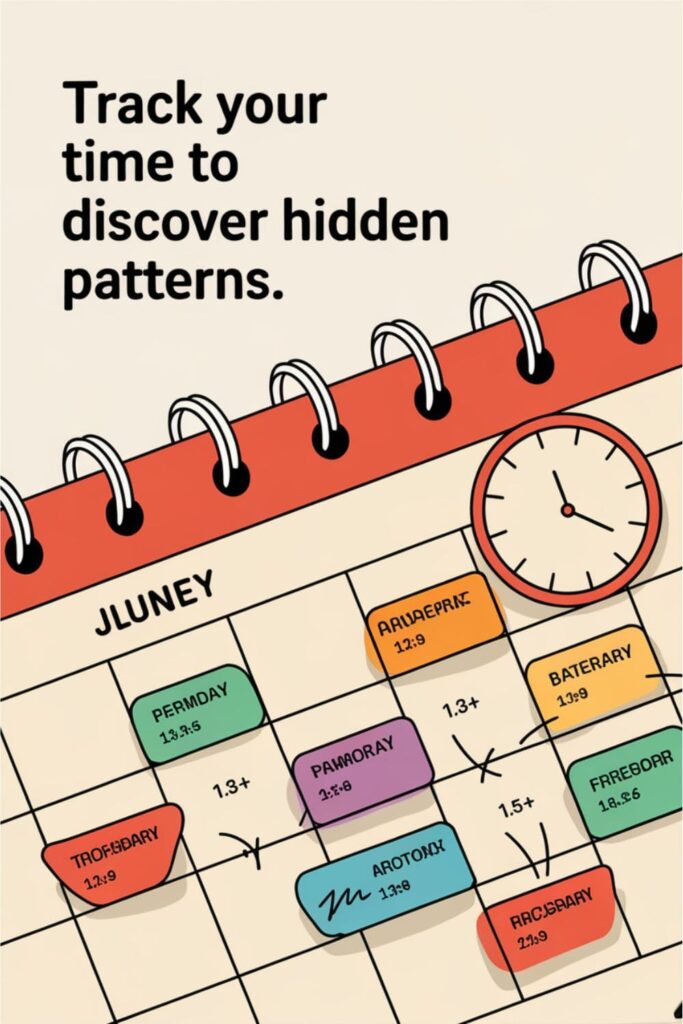
Track your time and use for a week to identify patterns and waste. This eye-opening exercise often reveals surprising insights about how you actually spend your time versus how you think you spend it and I mean it.
The data gathered from time logging can be uncomfortable but invaluable for making informed decisions about schedule changes.
Most people discover they’re spending far more time on low-value activities (like doom scrolling etc) than they realized, and this awareness naturally leads to better choices.
2. The Buffer System
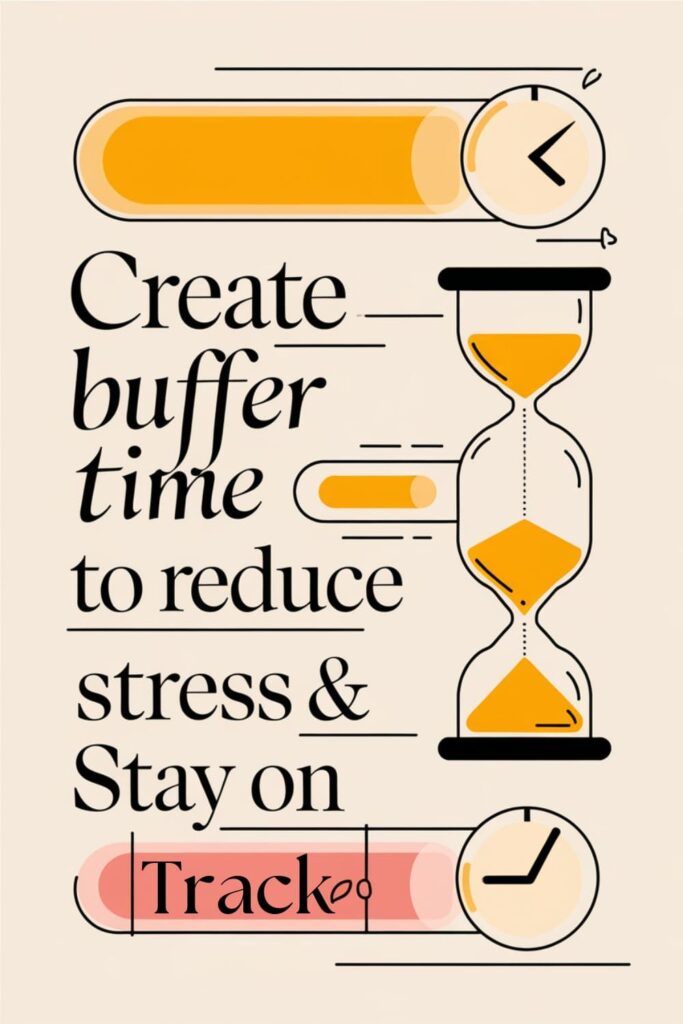
Build buffer time between appointments and tasks to account for unexpected things like small delays and transitions. This prevents the domino effect of running late and reduces stress throughout the day.
The buffer system acknowledges the reality that things often take longer than expected and that we need time to transition between different types of activities.
Many professionals find that adding 15-minute buffers between meetings reduces their daily stress levels by a lot and improves the quality of their work.
3. The 90-90-1 Rule

This powerful technique involves dedicating the first 90 minutes of your day to your most important project for 90 consecutive days, this way the consistency and focus of this approach can lead to best results in your highest-priority area.
The key is to protect this time religiously, like no emails, no phone calls, no meetings. Many people find that this uninterrupted focus first thing in the morning becomes their most productive time of day (maybe you will be one of them).
The cumulative effect of investing 90 focused minutes every day for 90 days on your most important goal can be very transformative.
4. The Four D’s Decision Matrix
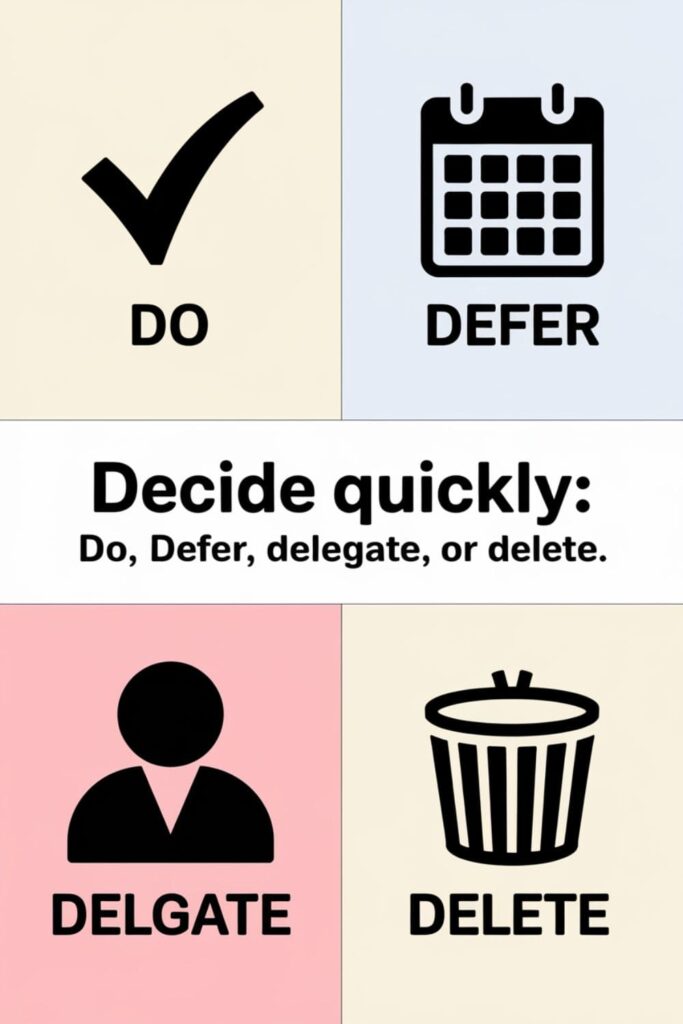
When new tasks or requests come in, immediately process them through the Four D’s: Do, Defer, Delegate, or Delete. This rapid decision-making framework prevents those tasks from lingering in your inbox or on your mind.
The ‘Do’ category is for urgent and important tasks that need immediate attention, the ‘Defer’ is for important but non-urgent tasks that you schedule for later, and ‘Delegate’ applies to tasks that others can handle better or more efficiently.
5. The Productivity Journal Method
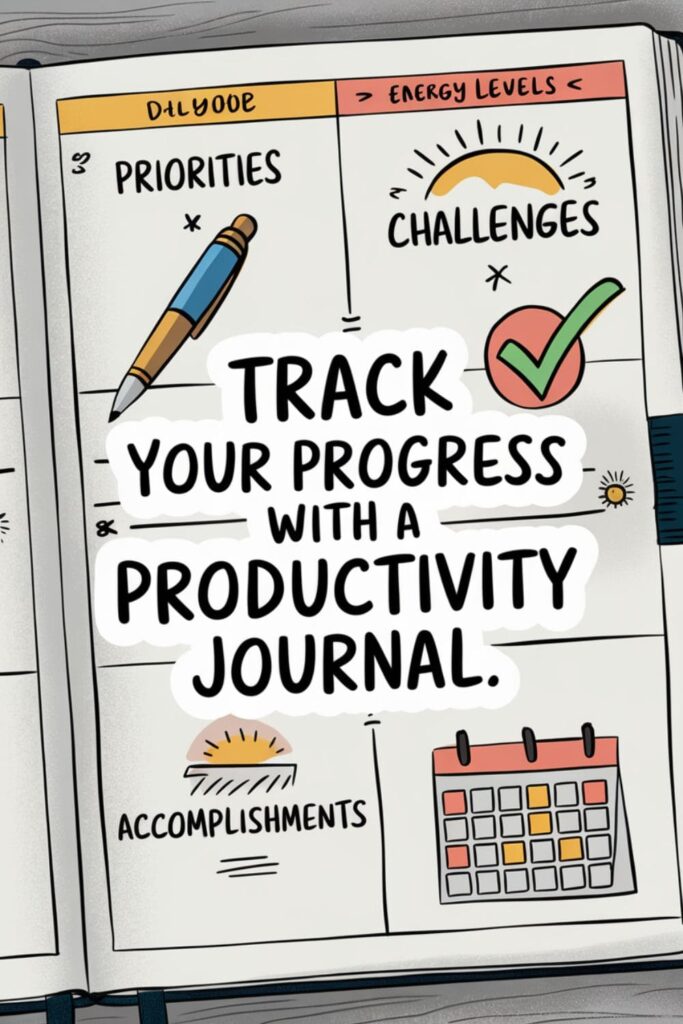
This technique combines reflection, planning, and tracking in one system, so unlike simple to-do lists, a productivity journal includes sections for daily priorities, energy levels, accomplishments, challenges, and lessons learned.
The power lies in its ability to help you understand your productivity patterns over time, and many users find that the act of writing things down increases accountability.
Related: 10 Life-Changing Ways to Practice Self-Love!
6. The MIT Rotation System
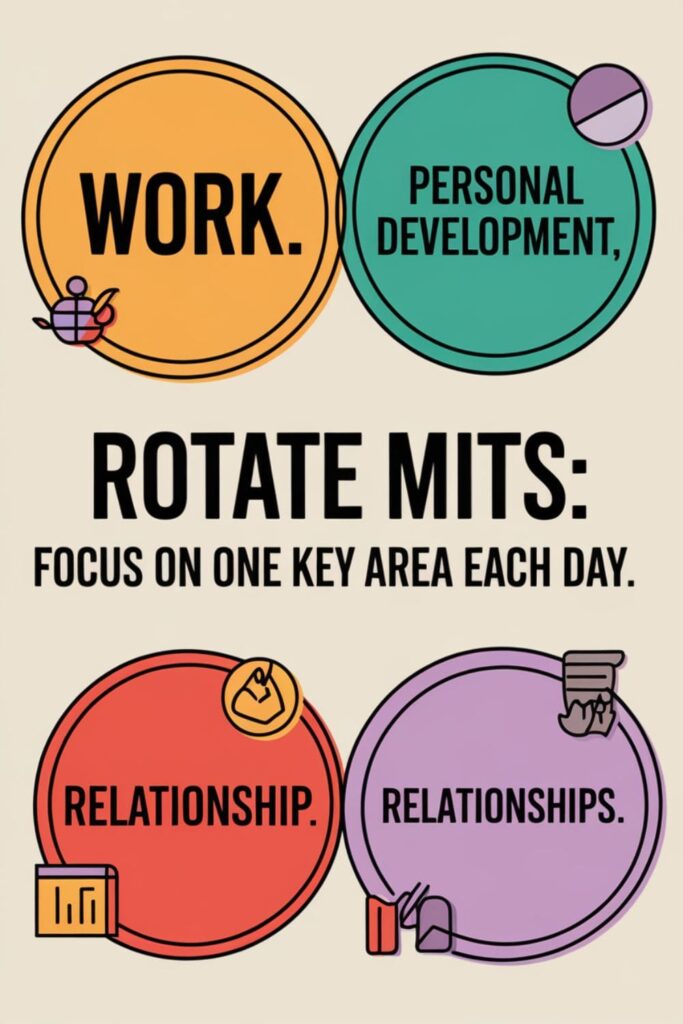
Building on the Most Important Task (MIT) concept, this advanced system involves rotating between three types of MITs throughout the week, like professional growth, relationship building, and personal development.
Monday’s MIT might focus on a key work project, then Tuesday’s on mentor relationships, and Wednesday’s on health goals.
7. The Context Clustering Method

This sophisticated approach to task organization goes beyond simple batching by creating detailed context maps for different types of work.
Instead of just grouping similar tasks, you create specific environmental and mental contexts for different activities, like for example, ‘deep thinking work’ might require a quiet room, with noise-canceling headphones, and your favorite productivity rain sounds.
8. The Rolling Quarter System

This forward-looking planning method maintains a continuously updated 90-day view of your projects and commitments, and unlike traditional quarterly planning, you update your rolling quarter plan weekly, always maintaining the 90-day horizon.
This approach combines the benefits of long-term planning with the flexibility to adjust to changing circumstances.
9. The Energy Block System

This comprehensive approach divides your day into distinct energy blocks rather than time blocks, in which each block is designated for activities that match your energy level and type at that time.
High-energy blocks might be used for creative work or important meetings, while lower-energy blocks could be perfect for routine tasks or administrative work.
10. The Project Sprint Method

Adapted from agile software development, this technique involves organizing work into focused sprints with clear start and end dates that’s it.
Each sprint has specific deliverables and success criteria defined upfront, the method includes daily stand-ups to track progress and weekly retrospectives to evaluate and do any adjustments.
Related: 10 Affirmations for Personal Growth You Should Use Daily!
Conclusion
Time management isn’t about squeezing more activities into your day, it’s more about making intentional choices about how you spend your precious and more importantly limited time.
These techniques provide a good toolkit for managing your time more effectively, and you don’t need to implement all of these strategies at once.
Start with one or two that resonate most strongly with your current challenges and gradually add others as you build your time management muscles.

Pingback: 10 Ways Social Media Impacts Your Mental Health!